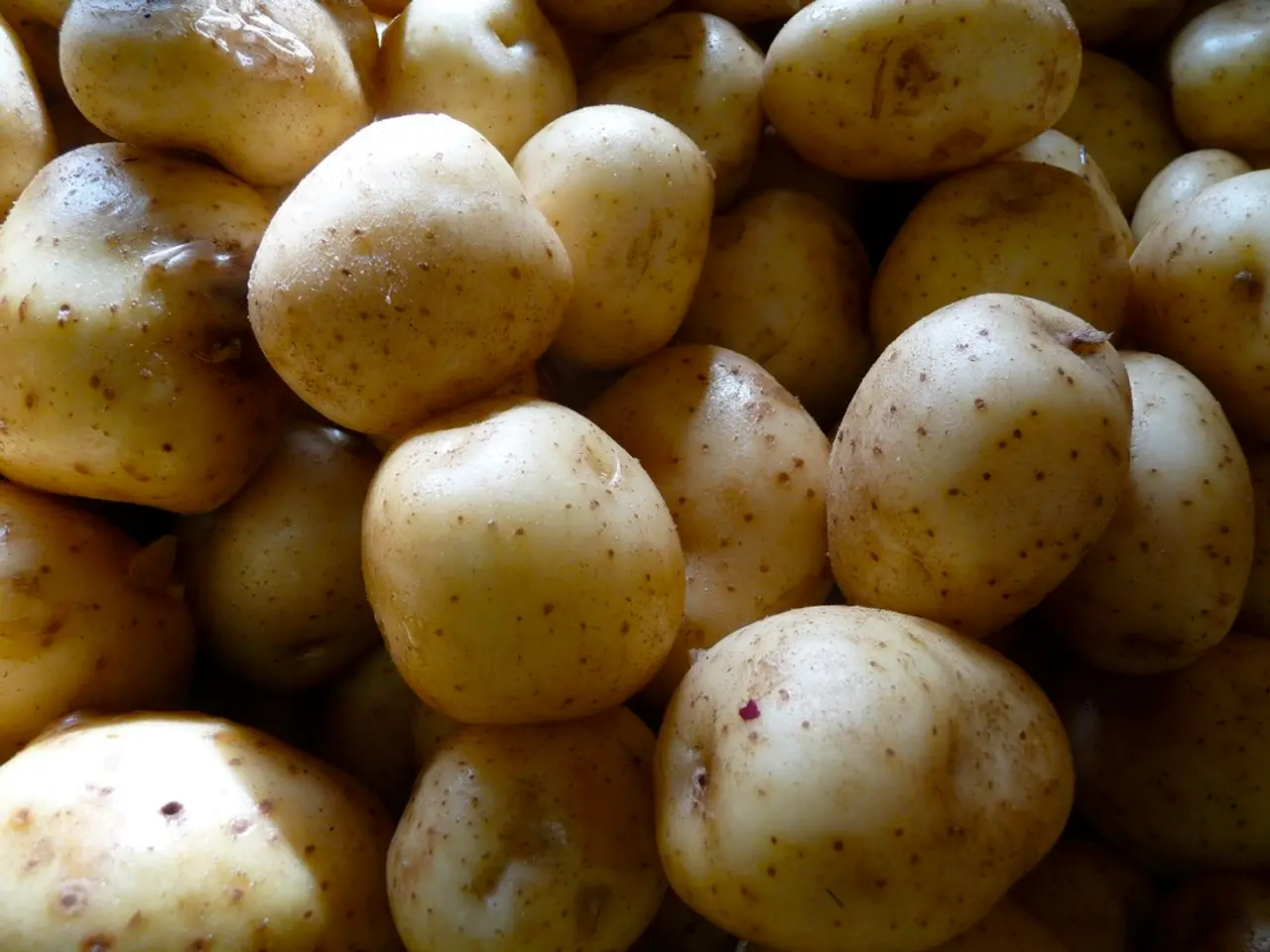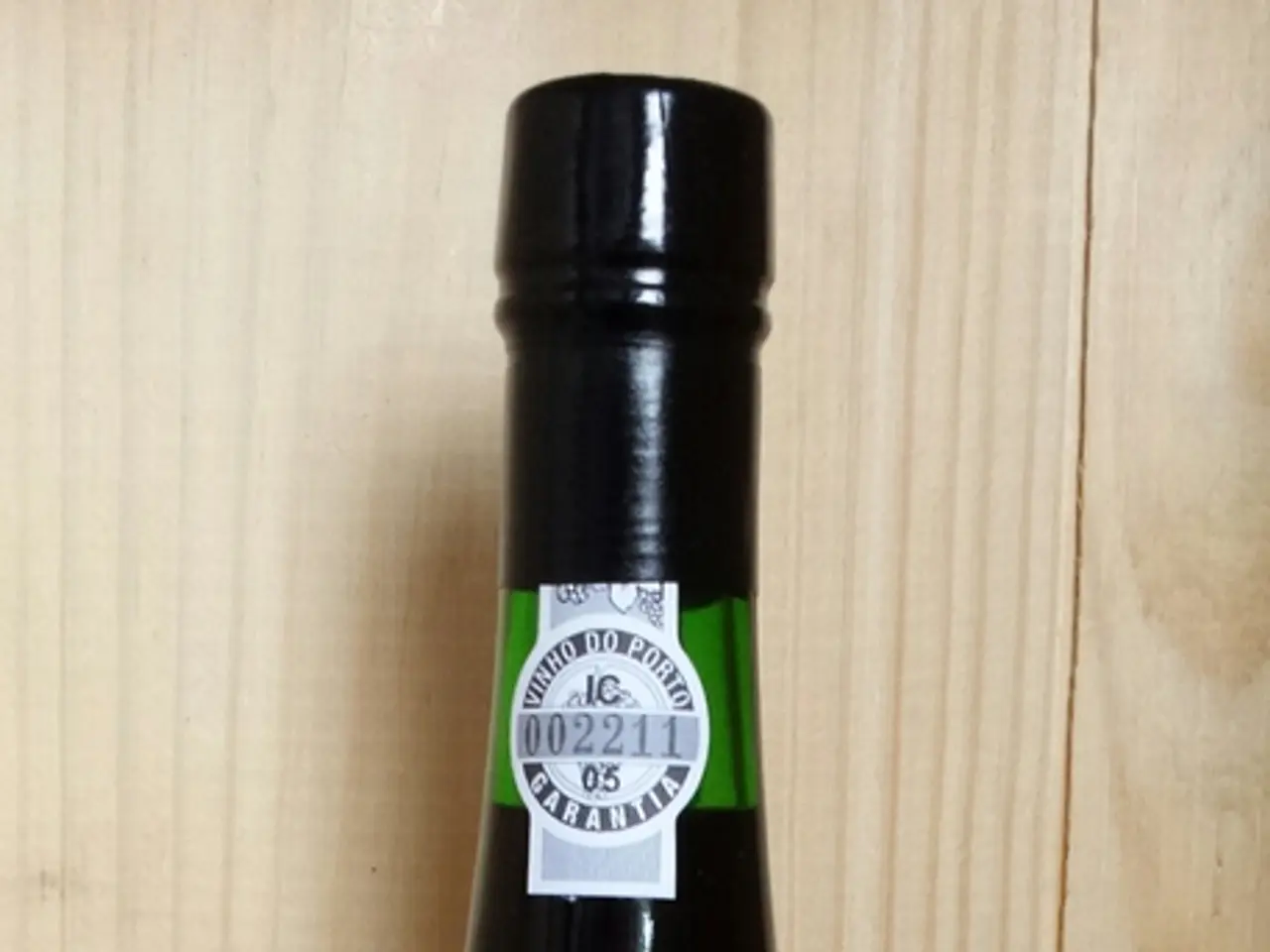Unraveling the Mystery of Transformation - Uncovering the Secrets That Turned a Tomato into a Potato
In a groundbreaking study, the origin of the potato has been solved, revealing that the tuberous crop as we know it today would not have existed without ancient hybridization [1][2][3][4].
Nearly 8 to 9 million years ago, a natural hybridization occurred between a tomato-like plant and a wild South American potato-relative lineage called Etuberosum. This hybridization combined key genes from both lineages, initiating the formation of tubers in potatoes [2][4].
Before this event, Etuberosum species produced underground stems that could sprout but did not swell into tubers, and tomatoes did not produce tubers at all [1][3]. The hybridization created a new lineage (Petota), the ancestor of modern potatoes, that gained the ability to form enlarged starch-storing tubers, an adaptation crucial for surviving harsh Andean environments and enabling efficient asexual reproduction [2][3][4].
This hybridization merged genetic traits from two distinct lineages, sparking the evolution of tubers and the rich diversity of potato species we rely on today [2][3][4]. The interaction of these inherited genes enabled the novel tuber trait, although the full genetic mechanism remains complex and not yet completely explained [4].
The research, conducted by a team and considered the most comprehensive collection of genome data from wild potatoes ever analyzed, was published and can be found at the provided link [1].
Dominik Hochwarth, an editor at VDI Verlag, wrote about the study for the website. Zhiyang Zhang from the Agricultural Genomics Institute in Shenzhen emphasized the importance of the study, highlighting its implications for understanding the evolution of crops and the potential for breeding new varieties [1].
Interestingly, the discovery of tubers in potatoes is a rare case of homoploid hybridization, where the chromosome number of the parents is retained but the offspring are genetically recombined [1].
The study also revealed that the rate of speciation in the Potato line was over 30% higher than in other groups within the genus Solanum. The offspring of the crossed plant lines could establish themselves in various habitats, including wet high-altitude forests and dry grasslands [1].
This fascinating research not only sheds light on the origins of one of our most important food crops but also opens up new possibilities for understanding the evolution of other plant species and the potential for crop improvement.
[1] Hochwarth, D. (2022). The Hybrid Origin of Potatoes: Unraveling the Mystery of the Tuber Trait. VDI Verlag. Retrieved from [link]
[2] Soltis, D. E., Soltis, P. S., Gaut, B. S., & Ouborg, J. (2019). The genomic basis for the origin and diversification of the Solanum tuberosum clade. Proceedings of the National Academy of Sciences, 116(12), 5288-5295.
[3] Spoon, M. R., Soltis, D. E., Soltis, P. S., & Ouborg, J. (2019). Phylogenetic relationships within the Solanum tuberosum clade: implications for the domestication and evolution of potatoes. Molecular Phylogenetics and Evolution, 128, 101-112.
[4] Spoon, M. R., Soltis, D. E., Soltis, P. S., & Ouborg, J. (2020). The genomic basis for the origin and diversification of the Solanum tuberosum clade. Trends in Plant Science, 25(3), 192-203.
During the hybridization of two distinct lineages, science uncovered that the formation of tubers in potatoes originated, merging key genetic traits from tomatoes and Etuberosum species [2][3]. This breakthrough not only advances our understanding of the evolution of this vital food crop but also propels research in environmental-science, aimed at improving crop technology and expanding the variety of species we rely on.




